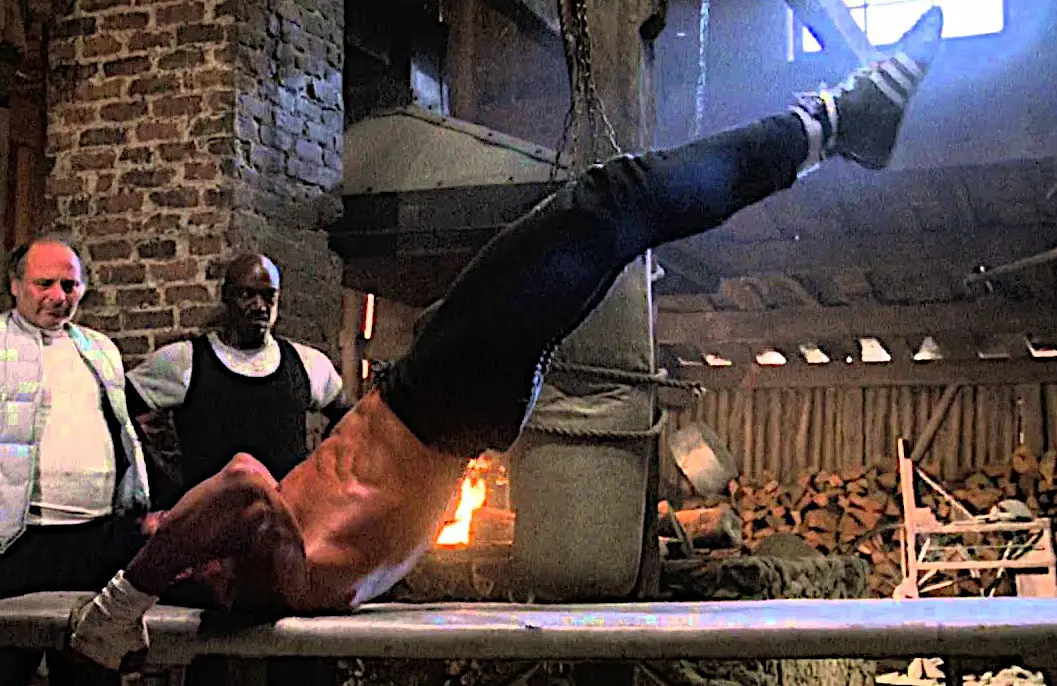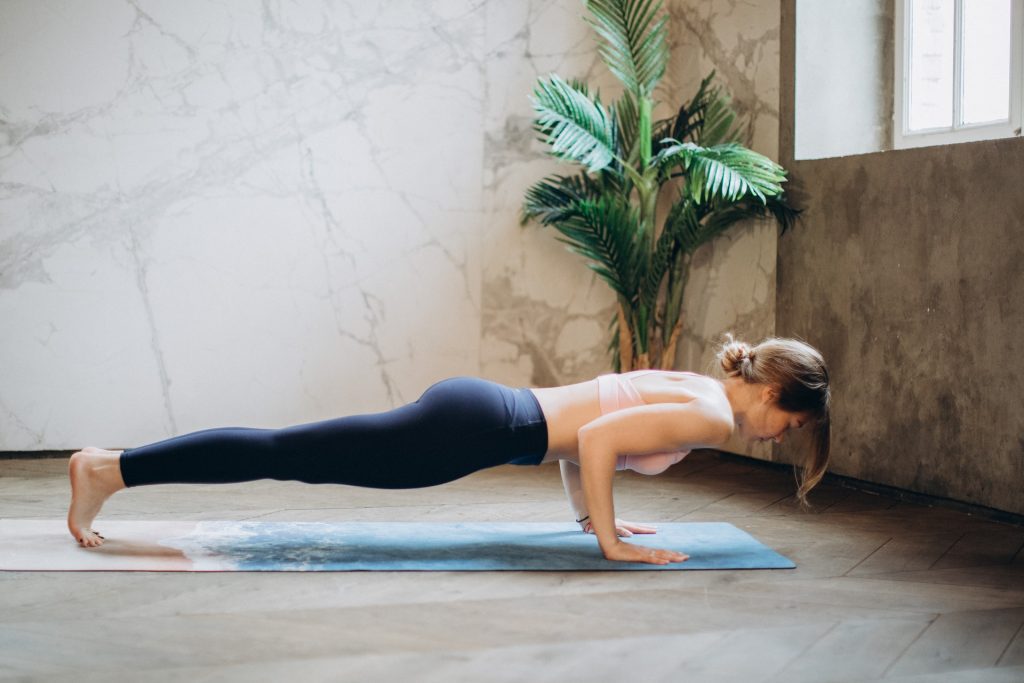
The best online fitness resource you'll ever need. We filter out the BS to ensure you meet your health and fitness goals!

The best online fitness resource you'll ever need. We filter out the BS to ensure you meet your health and fitness goals!

‘Rocky sit ups’, made famous by Mr Balboa himself – via epic montage, of course – in Rocky IV, are one of the toughest ab, core and full body exercises going.
Though Stallone no doubt got some fantastic results from them, they actually made their debut a good few years earlier as ‘dragon flags’, used by none other than Bruce Lee.
If that’s not enough pedigree for you, I don’t know what is. If those two icons of the fitness world and silver screen have signed off on them, they must be good.
Today we’re going to look into Rocky sit ups in a bit of detail, showing you what benefits you could gain from including them in your fitness regime, how to perform them, how you should use them, and some tips and tricks to look out for as you do so.
Let’s begin with the benefits. Stallone and Lee used them – look at them, see how they perform athletically, and know that you are in good hands. As above, their seal of approval should mean a lot.
Rocky sit ups, or dragon flags, are an incredibly advanced core exercise. In fact, they are generally held to be amongst the most challenging core movements you can execute.
To perform them correctly, you will already need to be in good shape. You will need a good base level of core strength and stability. Therefore, it may be worth practising similar, easier exercises like planks, roll outs and bear crawls before giving them a go.

This is their first benefit – they are a very worthy goal. To perform them properly, you will need to push yourself hard in the weeks preceding your first attempt, meaning that you will come into it with a strong, solid set of abs and obliques.
Then, when you start using them, your core strength will leap up once more, as will your core control.
Rocky sit ups don’t stop at the core, however. They are a full body exercise that require – and build – full body strength.
Your hip flexors, glutes, lower, mid and upper back and hamstrings will all play a large part in moving you through the exercise whilst keeping you stable. Your shoulders will come into play as stabilisers and force transferers.
Realistically, if you want to build usable full body strength and muscle mass, Rocky sit ups will be a potent ally.
Performing a Rocky sit up will take a lot of core control and full body strength. As mentioned above, it may be worth spending some time on exercises, such as roll outs, hollow holds and hanging leg raises, that train these. It will also be worth warming up with some core activation exercises to really fine tune your mind-muscle connection ready for the slog.
Once you’ve done these, and you’re ready to begin, find something sturdy to hold onto and get ready to burn your abs out.
To perform Rocky sit ups:
You can also increase resistance by pointing your toes, wearing ankle weights, and increasing the length of your hold at the top and bottom. You can try pausing halfway up for a breath, continuing to the top, then doing the same on the way back down.
For an easier exercise, as you tire or as you first start out, you can try lowering your legs only partway to the ground, or alternatively coming all the way down to rest on the ground between reps, as mentioned above. Bringing your legs wider will also make it easier, giving you better balance and core control.
Momentum will also make it easier – the faster you come up, the less challenging the Rocky sit up will be. By the same token, the slower you go – the more momentum you cut out from the move – the harder it will be.
There are a few things to bear in mind whilst performing Rocky sit ups, sticking to proper form and putting all the stress and tension where it is needed. These will keep you safe and injury free.
Positioning is central to staying safe. Don’t push your head too hard into the ground – keep it soft and gentle. Keep your chin tucked into your chest to protect your neck. Also keep your spine straight throughout.
Make sure that your weight is always in your shoulders and upper back, never on your neck. Maintain the movement’s fulcrum at your shoulders, not your back – this will allow you to maintain a stable, neutral spine throughout.
As mentioned above, beginning your training session with some core activation movements will enable you to better control your body throughout your Rocky sit ups.